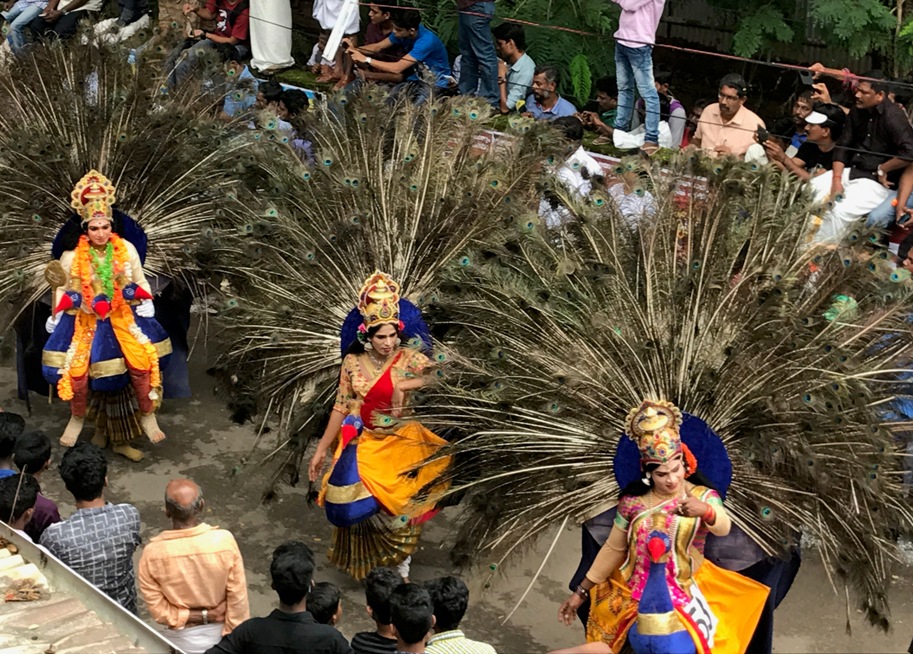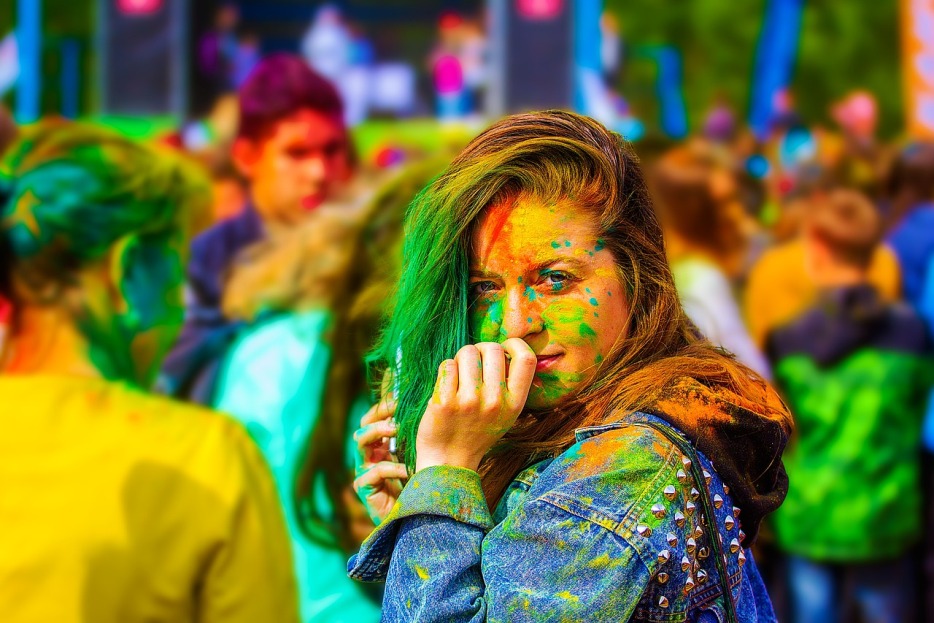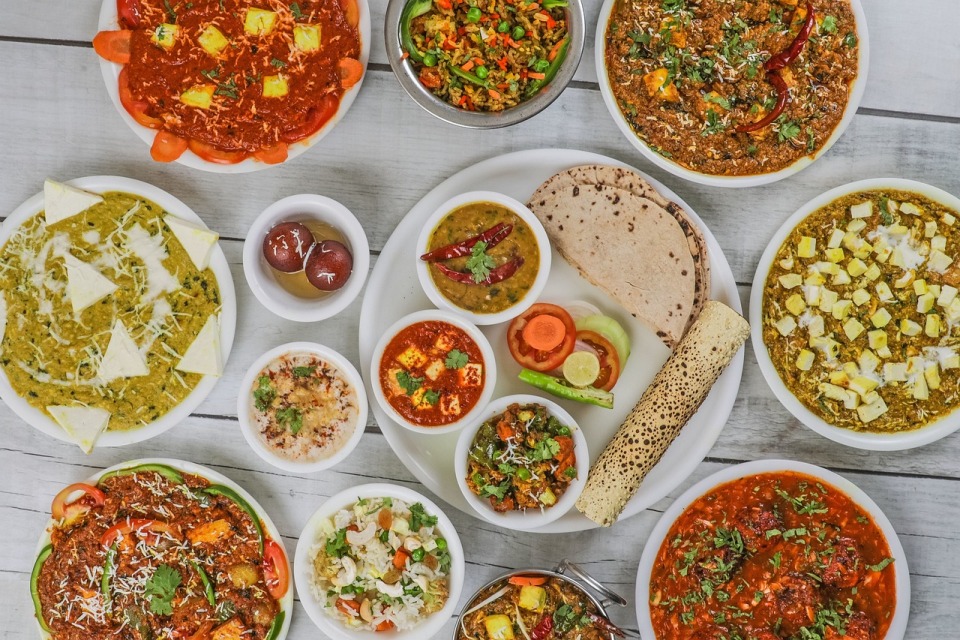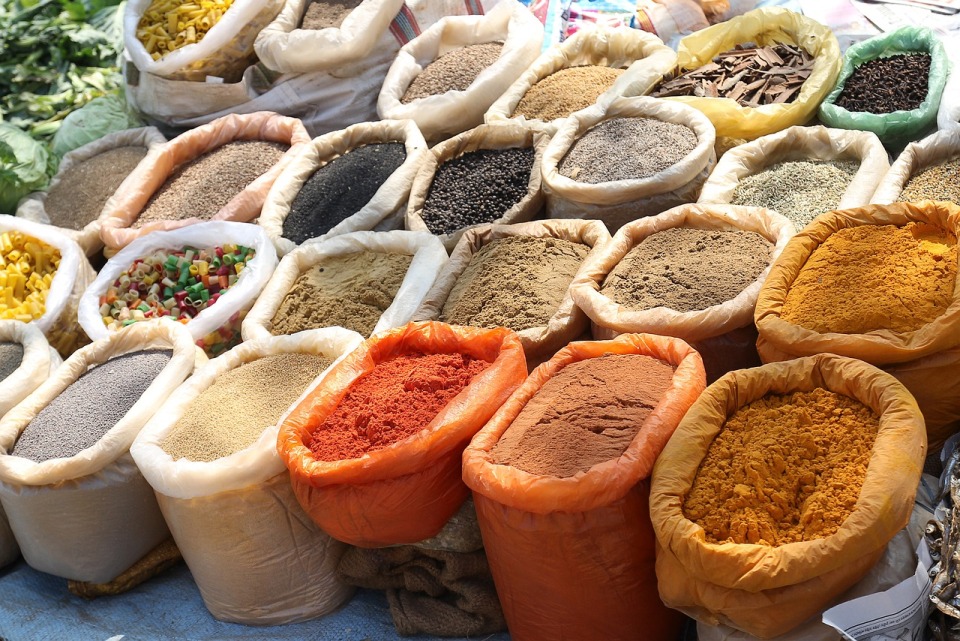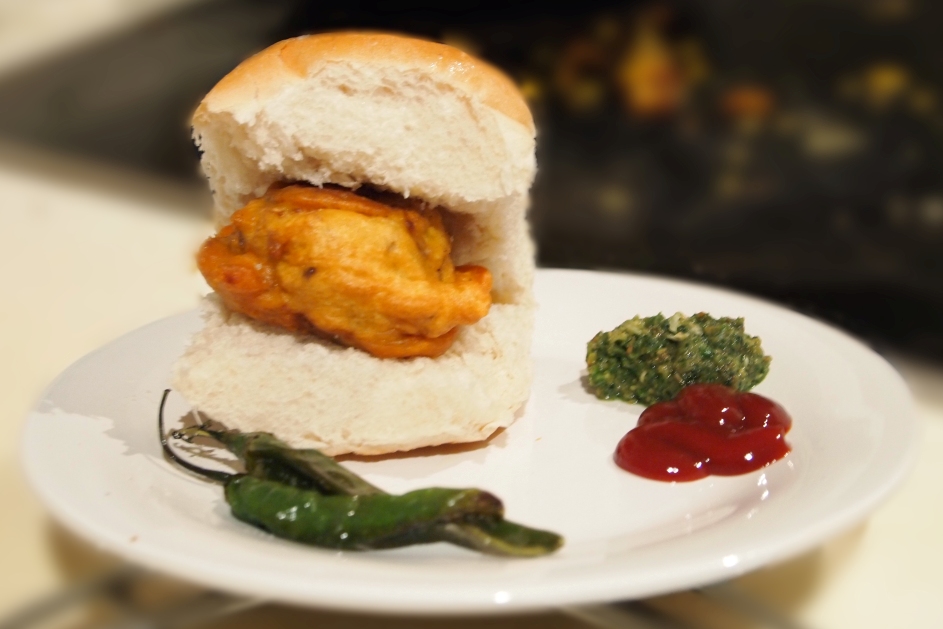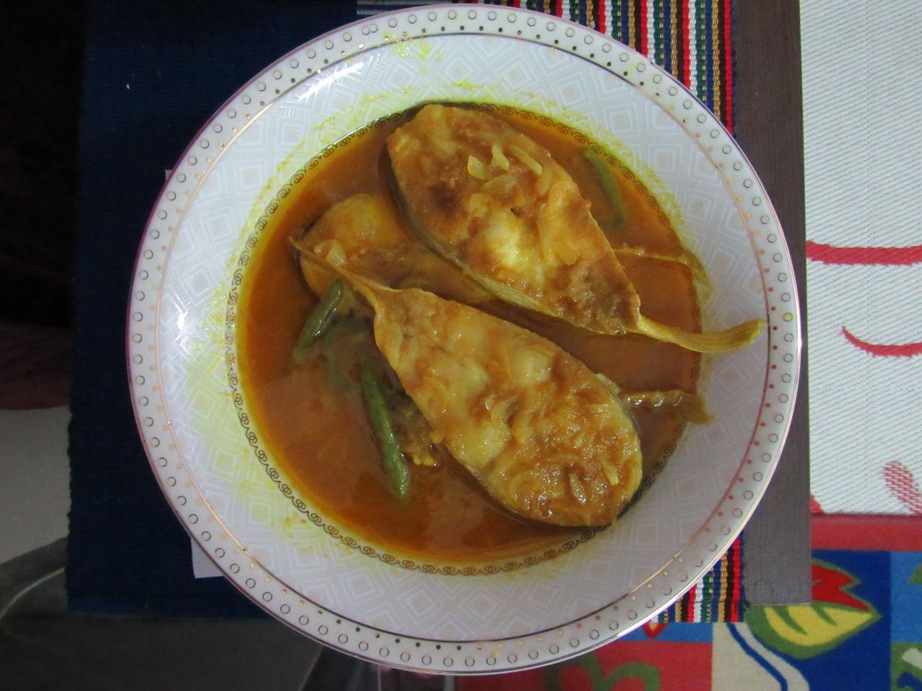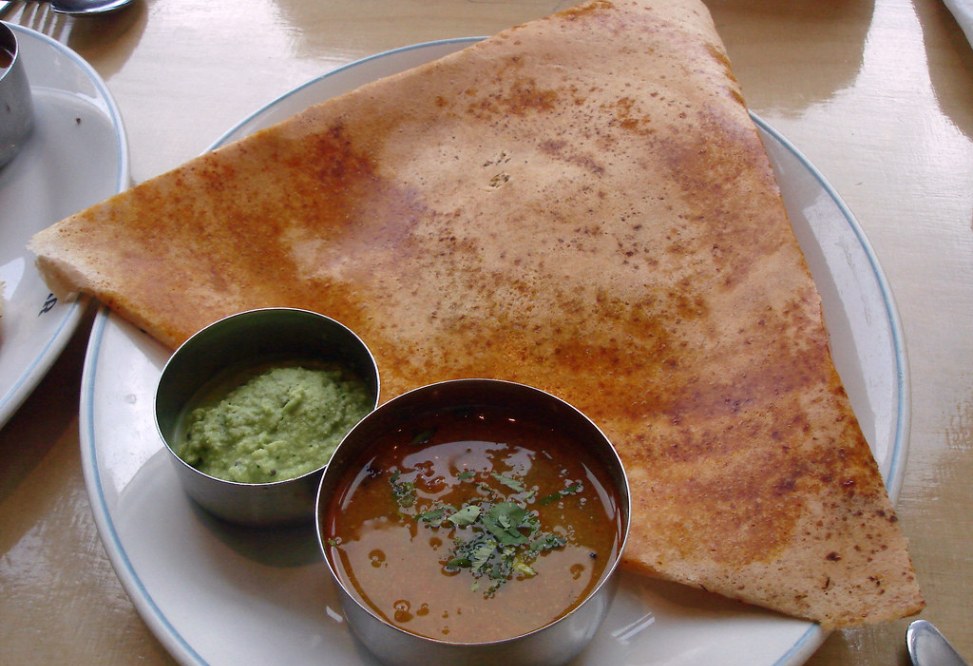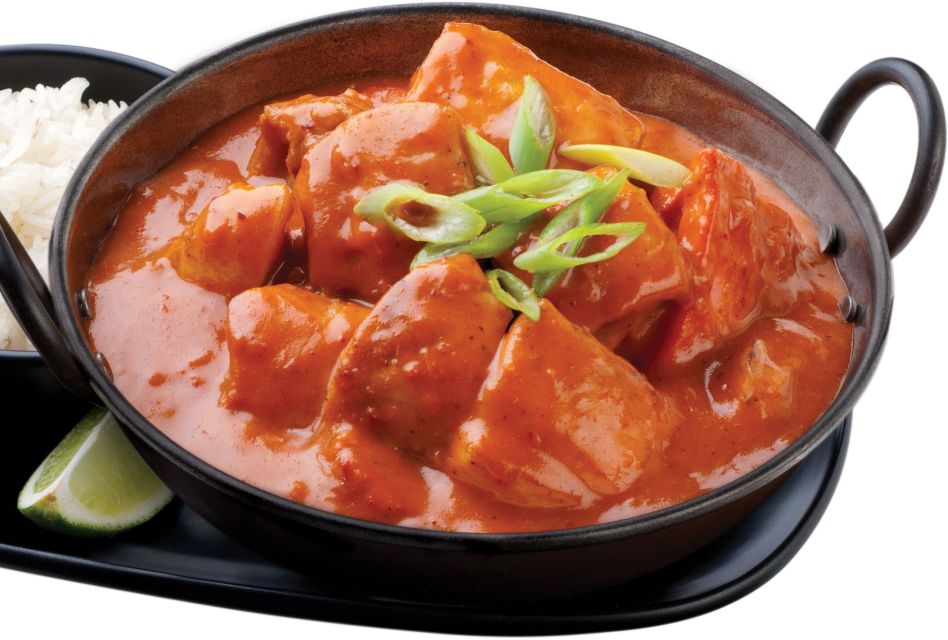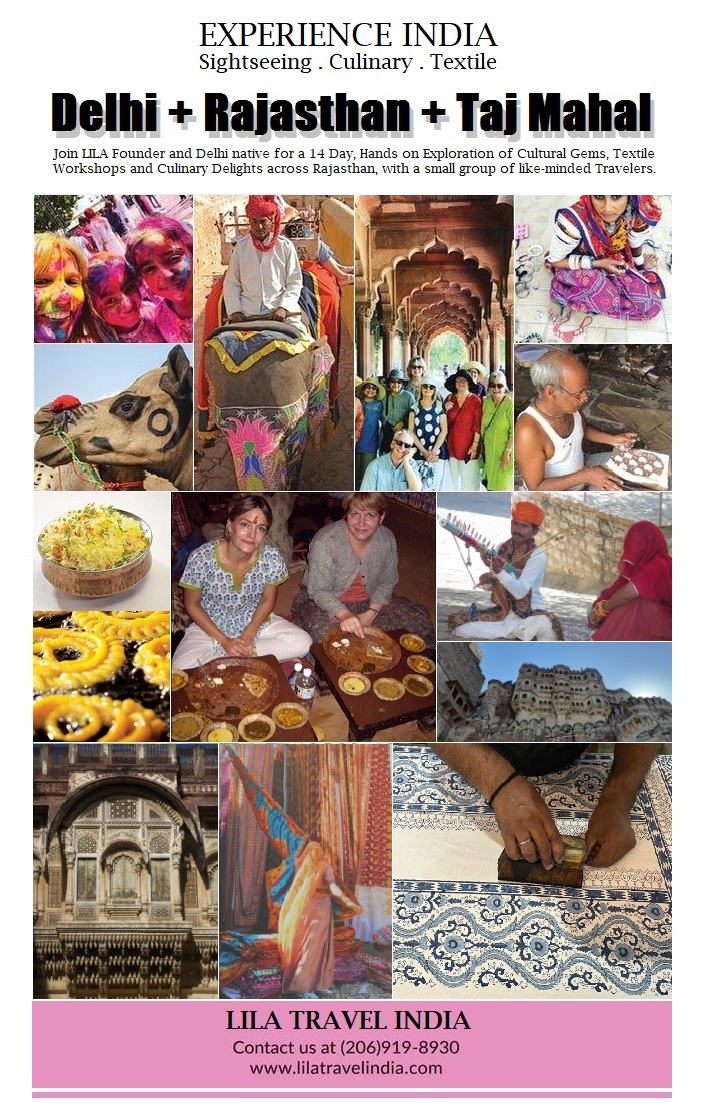Jaipur, the capital city of Rajasthan in India, holds the distinction of being one of the most enchanting destinations in the country. Known as the “Pink City” due to its stunning pink-hued architecture, Jaipur is a place where history, culture, and royalty converge. This essay delves into the mesmerizing world of Jaipur tourism, highlighting its top attractions, rich heritage, and the unique experiences that await visitors.
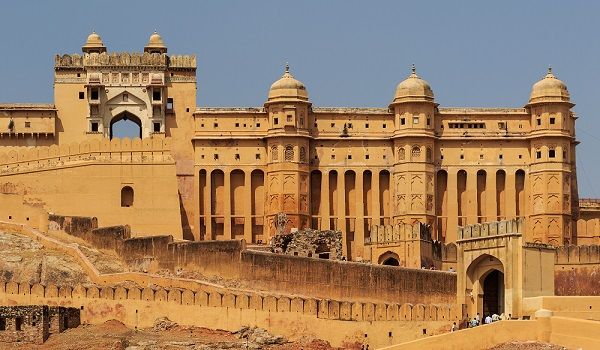
Historical Splendors: Jaipur is steeped in history, and its majestic forts and palaces serve as testimony to its glorious past. The Amber Fort, with its intricate carvings, mirror work, and sweeping views of the surrounding hills, offers an immersive experience into the opulence of Rajputana architecture. The City Palace, a magnificent complex of palaces, gardens, and courtyards, showcases the fusion of Rajasthani and Mughal architectural styles. Hawa Mahal, with its ornate façade and honeycomb-like structure, is an iconic symbol of Jaipur and provides a glimpse into the royal life of the past.
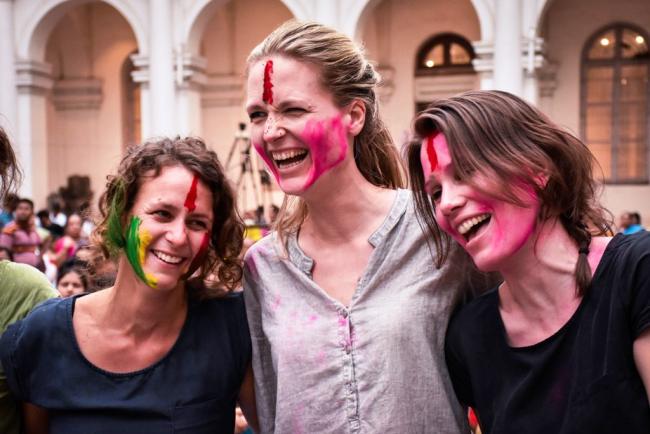
Cultural Richness: Jaipur is a hub of vibrant culture and traditions. The city celebrates numerous festivals with great pomp and show, including the renowned Jaipur Literature Festival, the Teej Festival, and the Gangaur Festival. Visitors can witness folk dances, music performances, and traditional arts and crafts during these festive occasions. The Albert Hall Museum, with its extensive collection of artifacts and artworks, offers a deeper understanding of Rajasthan’s rich cultural heritage.
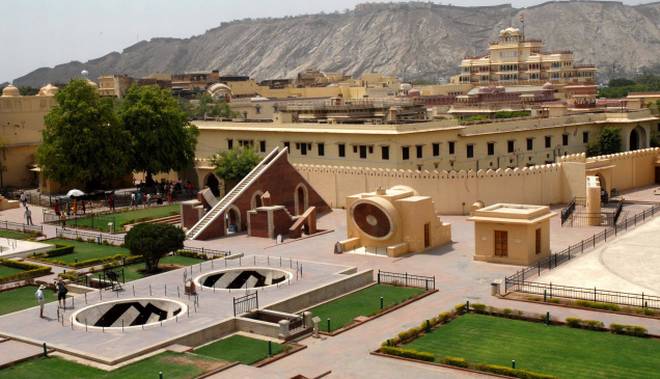
Architectural Marvels: Jaipur is a treasure trove of architectural marvels. The Jantar Mantar, a UNESCO World Heritage Site, is an astronomical observatory built by Maharaja Jai Singh II. Its massive instruments, including the world’s largest stone sundial, reflect the city’s scientific prowess of the bygone era. Jaipur’s stunning palaces, such as Nahargarh Fort and Jaigarh Fort, stand tall as testaments to the city’s grandeur and offer panoramic views of the surrounding landscapes.
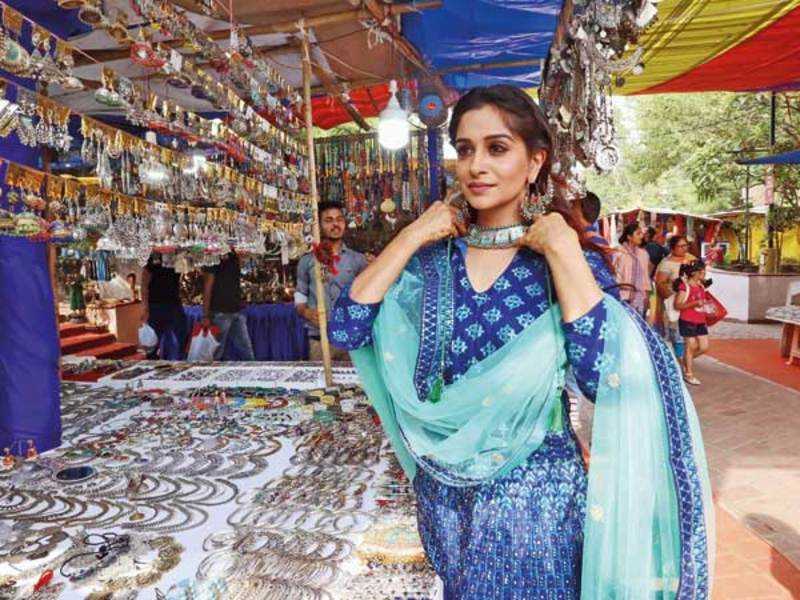
Art and Craft: Jaipur is renowned for its traditional arts and crafts. The city is a paradise for shoppers, with its bustling markets offering a wide range of handicrafts, textiles, jewelry, and colorful fabrics. Johari Bazaar and Bapu Bazaar are popular destinations for buying precious gemstones, traditional clothing, and souvenirs. Travelers can also witness the intricate process of block printing, blue pottery making, and miniature painting, all of which are integral to Jaipur’s artistic legacy.
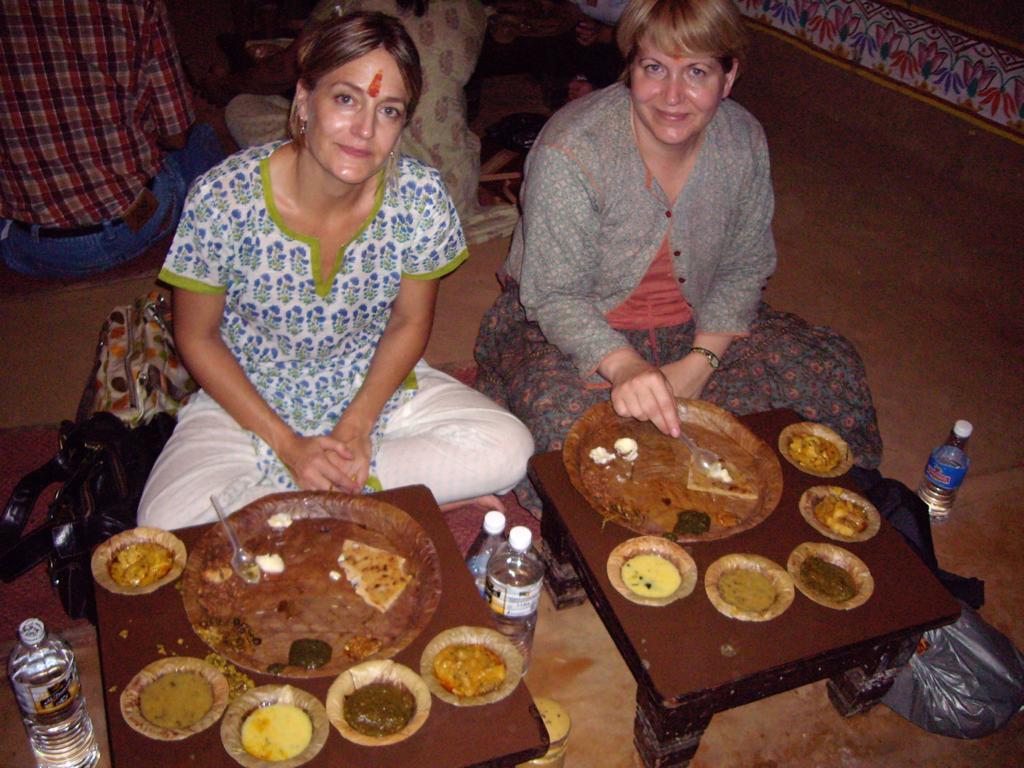
Culinary Delights: Jaipur’s cuisine is a delightful blend of flavors and spices. The city is famous for its mouthwatering Rajasthani dishes, including dal baati churma, gatte ki sabzi, and ker sangri. Food lovers can savor these authentic delicacies at traditional Rajasthani restaurants and indulge in a royal dining experience.
Here are the top 10 places to visit in Jaipur:
Amber Fort: Located on a hilltop, Amber Fort is a majestic fort-palace that showcases the grandeur of Rajput architecture. Visitors can explore its intricate carvings, beautiful courtyards, and enjoy an elephant ride to the fort.
Hawa Mahal: Known as the “Palace of Winds,” Hawa Mahal is an iconic landmark of Jaipur. Its unique honeycomb-like structure with numerous small windows allowed royal ladies to observe the street festivities without being seen.
City Palace: Situated in the heart of Jaipur, the City Palace is a magnificent complex that showcases a blend of Rajput and Mughal architectural styles. Visitors can explore its palaces, museums, and enjoy panoramic views of the city from its grand courtyards.
Jantar Mantar: A UNESCO World Heritage Site, Jantar Mantar is an astronomical observatory built by Maharaja Jai Singh II. It houses a collection of enormous instruments used for measuring time, predicting eclipses, and tracking celestial bodies.
Nahargarh Fort: Located on the Aravalli Hills, Nahargarh Fort offers breathtaking views of Jaipur’s skyline. It was originally built as a defensive fort and now serves as a popular spot to enjoy panoramic views, sunset vistas, and explore its sprawling complex.
Jaigarh Fort: Situated on the hilltops overlooking Jaipur, Jaigarh Fort is renowned for its impressive architecture and the world’s largest cannon on wheels, Jaivana. Visitors can explore the fort’s massive walls, palaces, and museum.
Albert Hall Museum: Housed in a stunning 19th-century building, the Albert Hall Museum is the oldest museum in Rajasthan. It displays a vast collection of artifacts, including paintings, sculptures, costumes, and traditional Rajasthani crafts.
Jal Mahal: Situated amidst the Man Sagar Lake, Jal Mahal is a picturesque palace known for its unique location. While the palace itself is not accessible to visitors, the serene ambiance and stunning views make it a popular spot for photography.
Birla Mandir: Also known as the Laxmi Narayan Temple, Birla Mandir is a beautiful temple dedicated to Lord Vishnu and Goddess Laxmi. Its white marble architecture, intricate carvings, and serene atmosphere make it a significant spiritual site.
Chokhi Dhani: Located on the outskirts of Jaipur, Chokhi Dhani offers a cultural and culinary experience. It replicates a traditional Rajasthani village and provides visitors with live performances, folk dances, camel rides, and authentic Rajasthani cuisine.
These top 10 places in Jaipur offer a glimpse into the city’s rich history, architectural marvels, and cultural heritage. Jaipur’s royal charm and vibrant ambiance make it a captivating destination that leaves visitors enchanted with its grandeur and splendor.
Come, join us on a magical Culture Culinary Craft Tour of Rajasthan India – Experience India’s textile heritage on immersive tours by Lila Travel India – Led by Delhi Native based in Seattle USA – https://lilatravelindia.com/culture-culinary-textile-tour-of-rajasthan/
#culturaltourrajasthan #culinarytourindia #textiletourindia #luxurytoursindia #rajasthan #india #lilatravelindia
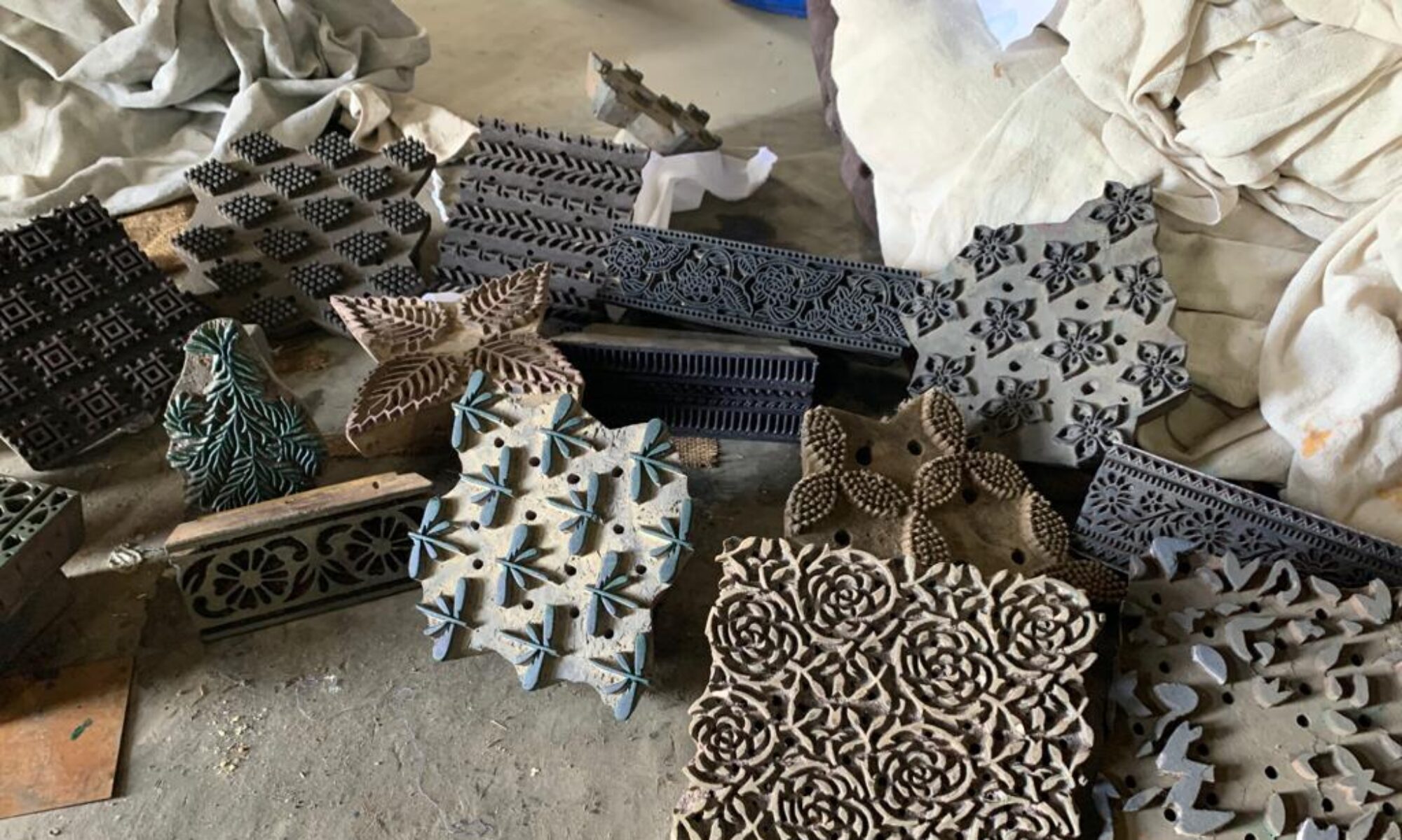

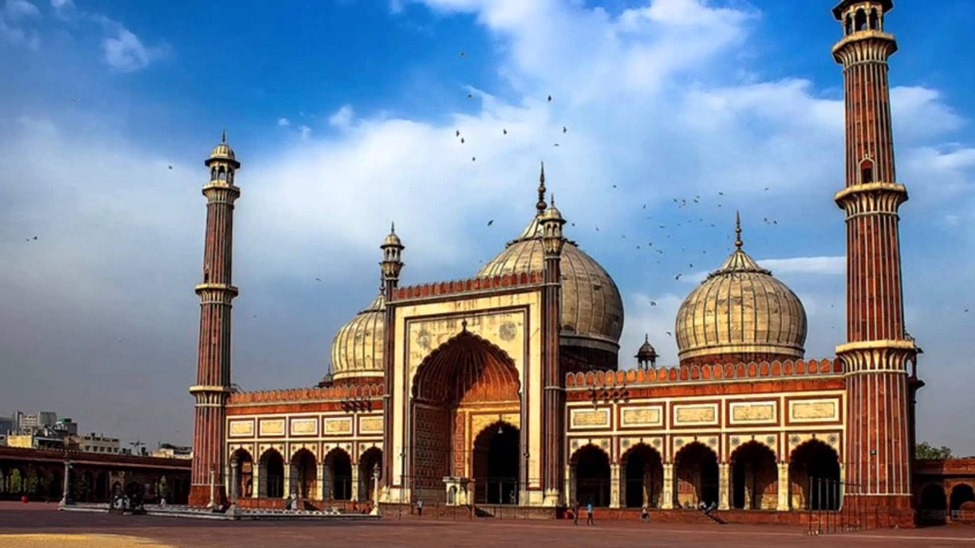
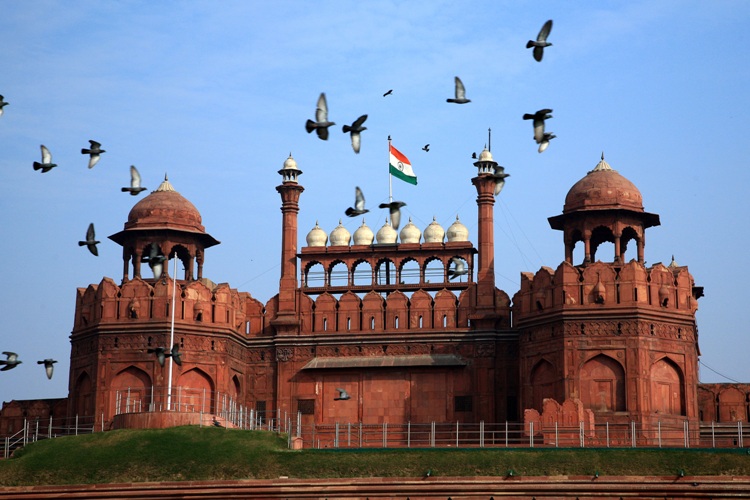
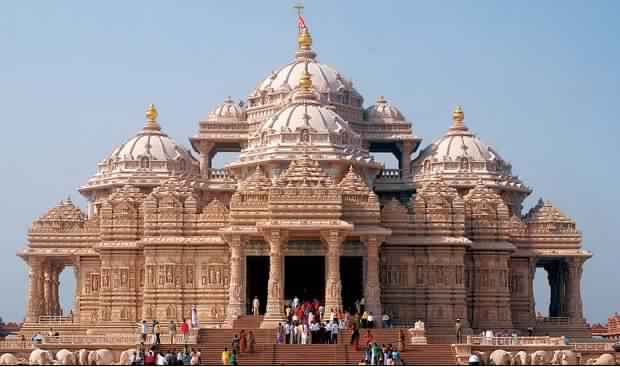
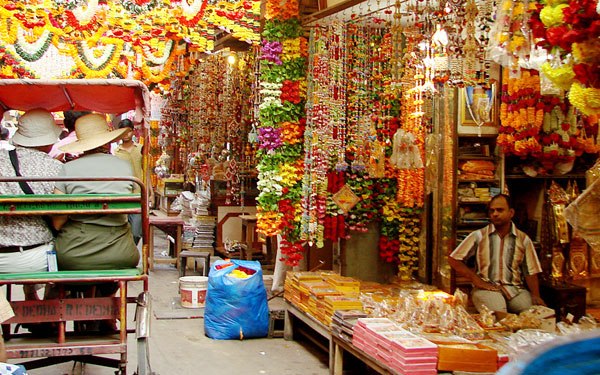
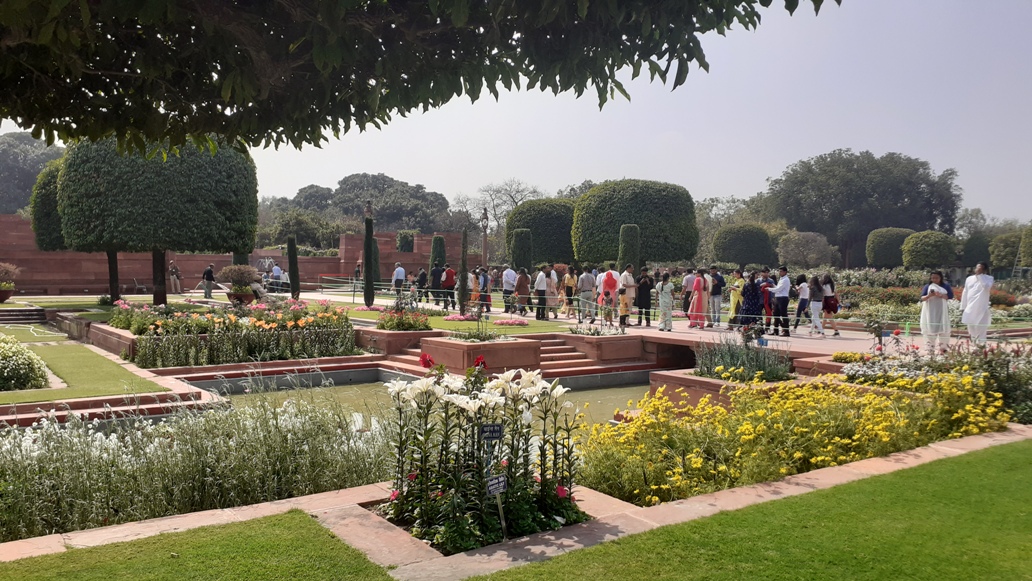
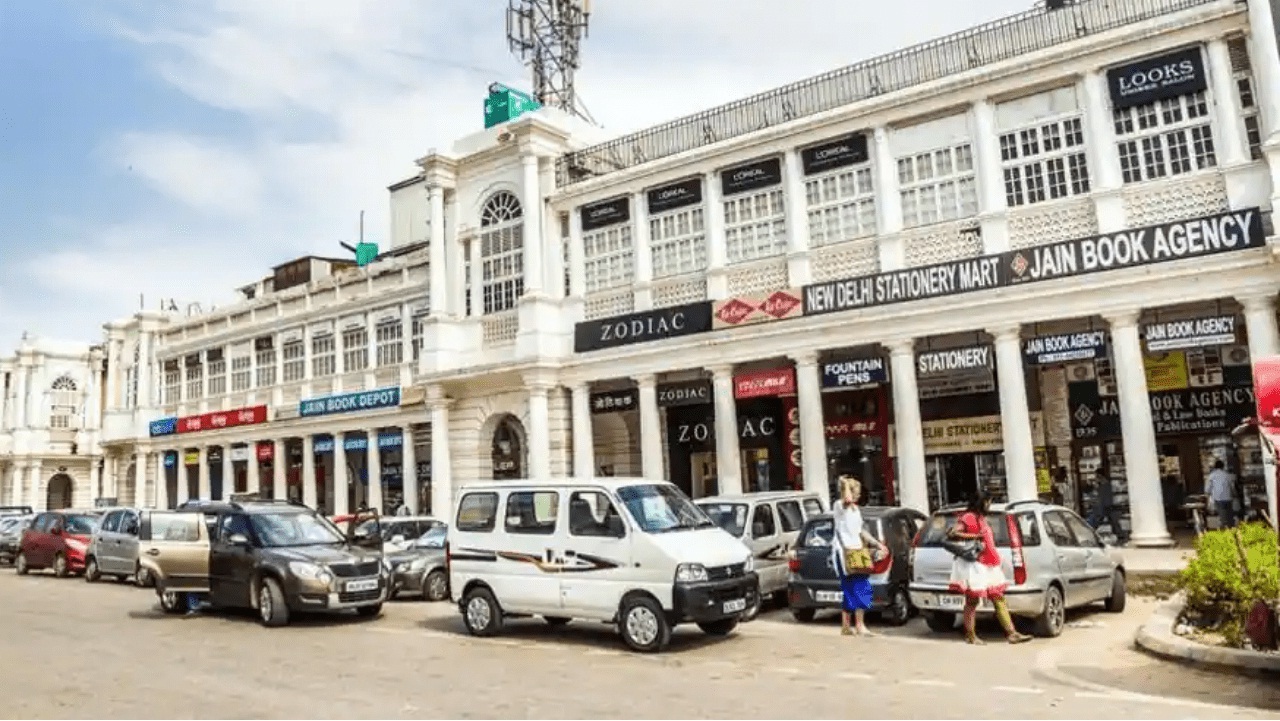 Modern Marvels: Delhi’s modern side complements its historical charm. The towering skyscrapers of Connaught Place and Gurgaon’s Cyber Hub symbolize the city’s economic and technological growth. The Delhi Metro, a marvel of modern transportation, connects various parts of the city, making it easier for visitors to explore its diverse attractions. Additionally, the bustling nightlife scene in areas like Hauz Khas Village and Khan Market offers a blend of trendy bars, cafes, and clubs, catering to different tastes and preferences.
Modern Marvels: Delhi’s modern side complements its historical charm. The towering skyscrapers of Connaught Place and Gurgaon’s Cyber Hub symbolize the city’s economic and technological growth. The Delhi Metro, a marvel of modern transportation, connects various parts of the city, making it easier for visitors to explore its diverse attractions. Additionally, the bustling nightlife scene in areas like Hauz Khas Village and Khan Market offers a blend of trendy bars, cafes, and clubs, catering to different tastes and preferences.